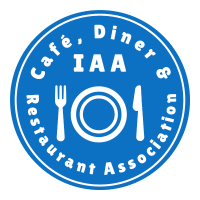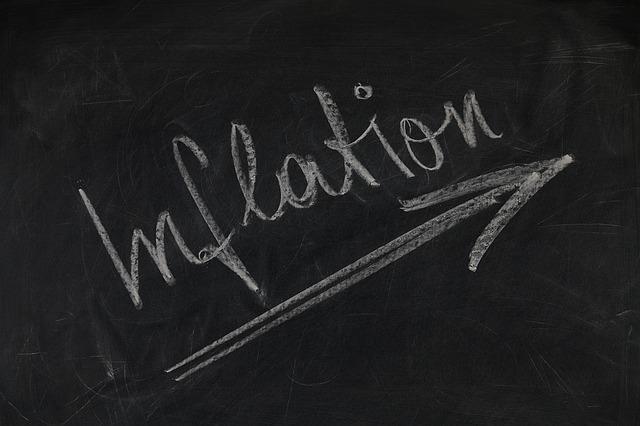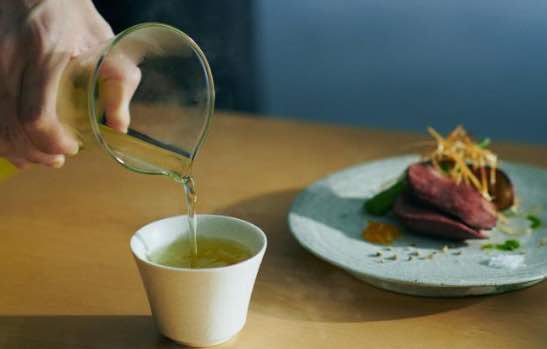The new leadership of the Occupational Safety and Health Administration, or OSHA, has recommended stronger safety protocols for limiting the spread of COVID at restaurants and other job sites. The updated guidelines build on what’s been a mantra for restaurants and other employers since the pandemic started: Encourage mask use, urge employees to stay far apart, and vigorously sanitize the physical setting, especially if a worker or customer tested positive for COVID.
But several stronger measures were added to the checklist of best practices. For instance, the re-stated guidelines recommend that employers enlist their workers in developing, implementing and enforcing a COVID-19 Protection Plan, a series of processes and procedures tailored to that business.
“The most effective programs engage workers and their union or other representatives,” OSHA said in its announcement of the update.
It also urges employers to provide their workers with information on the benefits and safety of being inoculated against COVID. To allay any resistance for financial reasons, the restated guidelines call on employers to ensure the inoculation is provided at no cost to employees. But they stop short of recommending that the employer pick up the cost.
The revised list of safety practices notes that vaccinations of employees bring new responsibilities for employers. For instance, businesses are warned not to exempt vaccinated workers from the protective measures imposed on those who have yet to get the shots. That includes requiring face coverings, good hygiene practices and social distancing. “At this time, there is not evidence that COVID-19 vaccines prevent transmission of the virus from person-to-person,” OSHA writes.
Employers are also encouraged to improve the ventilation of workplaces. The recommendations include avoiding automated settings that might turn circulation features on and off and always drawing fresh air from the outside instead of recirculating whar’s already been heated or cooled.
The guidelines also encourage employers to use filters on vacuum cleaners to avoid blowing microscopic droplets of coronavirus into uncontaminated areas.
OSHA also advises employers to get buy-in on safety measures from employees by explaining all safety protocols “in plain language” and providing interpretations for workers who don’t understand English.
The updated guidelines were issued at the behest of President Biden, who cited stronger workplace safeguards as an objective of his first 100 days. The measures put forth by OSHA are recommendations, not requirements. But employer-initiated lawsuits often test what courts interpret as reasonable job place actions.
The revisions were issued on the cusp of restaurant employees qualifying for limited supplies of vaccines in several jurisdictions. As indoor dining returned to Michigan, the Health Department of Detroit announced that all restaurants living or working in the city can now schedule appointments for their shots.
New York Gov. Andrew Cuomo essentially provided the same go-ahead yesterday by giving local jurisdictions the authority to move restaurant workers up the queue for vaccines.
Restaurant workers in the District of Columbia were scheduled to start receiving vaccines on Feb. 1, but a massive snowstorm along the East Coast delayed the startup.



